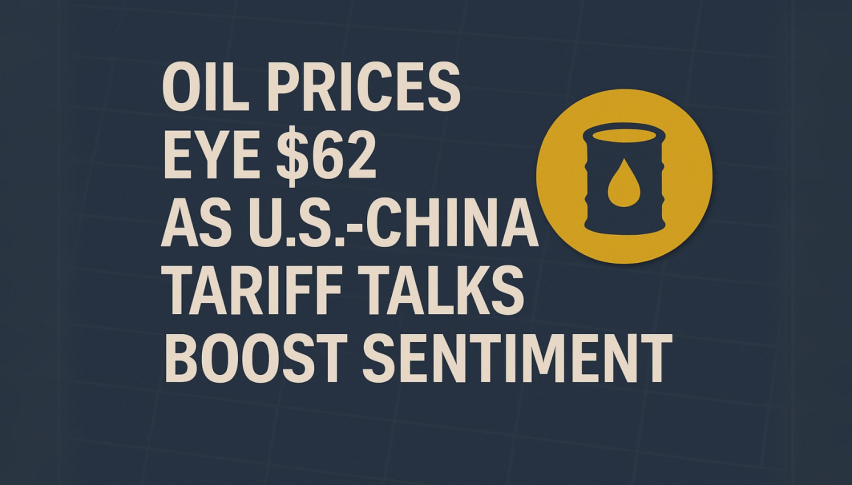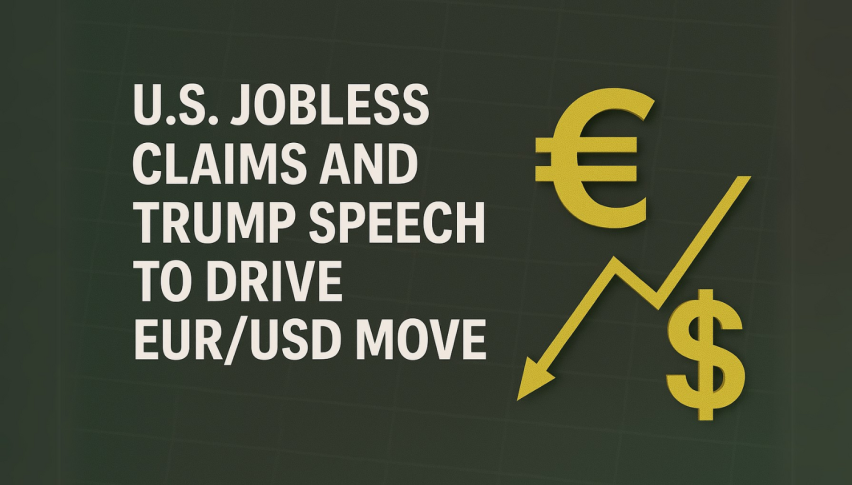Crude Oil Bearish Bias Dominates as it Dips Below $ 39 – Quick Fundamental Outlook!
During Tuesday's early Asian trading session, the [[WTI]] Crude Oil prices failed to put an end to Monday's declining streak and remained d
During Tuesday’s early Asian trading session, the WTI Crude Oil prices failed to put an end to Monday’s declining streak and remained depressed around the $ 38.50 level, mainly due to the sharp rise in the number of COVID-19 virus cases across Europe and the US, which fueled fears of further damage to the demand, through the imposition of new restrictions on economic and social activity.
Apart from this, the reason for the heavy losses in crude oil prices could also be attributed to the increasing gasoline stockpiles in the US and Europe, which are also suggestive of the weak demand, and which have put the oil prices under pressure.
Meanwhile, the bearish sentiment surrounding the crude oil prices was further bolstered by the reports suggesting that Libya keeps expanding its crude oil exports and production, after the country recently lifted the force majeure on the Sharara and El-Feel oilfields. Across the pond, the negative remarks about the recovery of the oil demand, by the Organization of Petroleum Exporting Countries (OPEC) Secretary-General, Mohammad Barkindo, and Patrick Pouyanne, the chief executive of Total, added further pressure to the crude oil prices.
Meanwhile, the fresh strength of the broad-based US dollar, backed by the stalled stimulus talks, also played a role in undermining the oil prices, as the price of oil is inversely related to the price of the US dollar. At the moment, crude oil is trading at $ 38.59 and consolidating in the range between 38.29 and 39.72.
On the USD front, the broad-based US dollar succeeded in extending its gains of the previous session, taking some further bids on the day. However, the gains in the US dollar could be short-lived or temporary, due to the worries that the economic recovery in the US could be halted because of the resurgence of coronavirus cases and US post-election uncertainty, which could be bad for both the US and the global economy. However, the gains in the US dollar have kept the oil prices under pressure, as the price of oil is inversely related to the price of the US dollar. Meanwhile, the US Dollar Index, which tracks the greenback against a basket of other currencies, has risen to 93.028.Apart from this, the losses in the crude oil prices were further bolstered after the Organization of Petroleum Exporting Countries (OPEC) Secretary-General, Mohammad Barkindo, said that “The recovery of the economy and the oil demand remained anaemic.” He added, “We do not expect a relapse to the massive contraction we saw in the second quarter.” “The conformity level has averaged 100%; we are determined to continue adherence.” In the meantime, Patrick Pouyanne, the chief executive of Total, said: “I am afraid that, with the second wave we are once again experiencing in many continents today, it could be longer [for the demand] to recover than everybody hoped.” This, in turn, added a further burden to the crude oil prices.
Across the pond, the reason for the losses in crude oil could also be associated with the reports suggesting that Libya is continuously expanding its oil exports and production, after the country recently lifted the force majeure on the Sharara and the El-Feel oilfields. The market traders will keep their focus on the continuous drama surrounding the US elections and updates about the US stimulus package. Good luck!
- Check out our free forex signals
- Follow the top economic events on FX Leaders economic calendar
- Trade better, discover more Forex Trading Strategies
- Open a FREE Trading Account



